test
test test
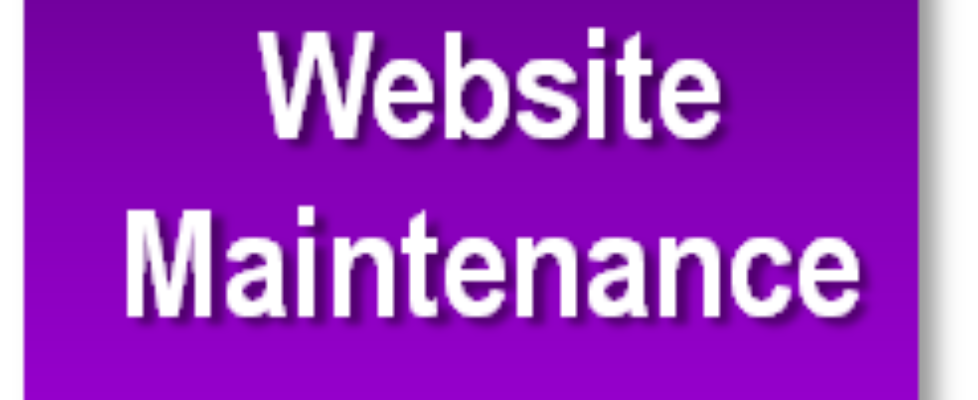
Every website owner needs to keep up with regular maintenance of their site. Otherwise, you may find your WordPress website doesn’t function properly or worse, it’s getting hacked.
As part of an website maintenance retainer agreement (six month and one year options are available), customers receive ongoing maintenance for their website. However, if you would rather go it alone (which could result in headaches down the road if you don’t pay attention to what you’re doing), then see the recommended guidelines below to help you out.
If you’d rather have Hammond Media Group handle your website maintenance, please give us a call. Our pricing is competitive and we have two options available (six months and one year), so that you won’t have to add ongoing website maintenance to your long list of to-do’s!

For more than 30 years, the Medical Technology Stock Letter (MTSL) — which provides independent investment advice based on rigorous analysis of emerging biotechnology companies — has been published the old fashioned way: print. In spite of BioInvest’s award-winning, insightful analysis, their subscription base had become stagnant with minimal increase year over year. They needed to get their newsletter online in order to get found by the myriad of prospective subscribers interested in investing in biotech stocks. After all, people can’t subscribe if they don’t know you exist.
Once Hammond Media Group had completed the design and development of their subscription-based website (view the website case study), we turned our focus on updating their subscription newsletter without changing the design too much (a simple iteration in terms of look and feel, concentrating mainly on link building and search optimization).
Although printing and physically mailing a stock letter is a tried and true way of fulfilling a current newsletter subscription, this old standard format does nothing to enhance lead generation via online searches for biotech stock recommendations and analysis. More importantly, in this day and age, subscribers need to be able to access their subscription online and via their mobile device.
So BioInvest decided to hop on the SEO bandwagon by publishing their stock letter online (while still offering a print version to subscribers who weren’t interested in online access).
Considerations when it came to redesigning and publishing their online newsletter included:
When we help clients with their newsletter publishing efforts, we have multiple goals as your service provider:
We’re happy to report that as of year-end (12/31/15), BioInvest has seen their individual subscriber base more than double (a 106% increase) since we launched the online version on 5/14/15 with issue #803 (seven month timeframe), resulting in additional annual recurring revenue of approximately $131,500.
Newsletter Screenshots
You can view the new, improved stock letter we publish via the screenshots below as well as the landing page we created for people wanting a free example (view live landing page). For comparison, we are including the former newsletter home page version at the end.
Front Page Screenshot:
*Note: we incorporated the website header into the design which enables subscribers to click through to other areas of the website, increasing page views.
Interactive Table Screenshot:
Back Page / Portfolio Screenshot:
Clinical Trials / Company Update Screenshot:
Landing Page Screenshot:
Old Newsletter Home Page Screenshot:
When you work with Hammond Media Group, we’ll handle all aspects of your newsletter, from design and content creation/management to online publishing and email delivery so that you can sit back, relax and focus on what you do best.

Many clients usually ask the question: “How do I place social media icons into my email signature in Outlook similar to what you have in your email signature?”
It’s not that complicated as long as you follow the steps below. Be sure to save your work before you click “OK”, otherwise all your edits will be lost and you’ll have to start over!
In your MAIL folder in Outlook, go to Tools » Options » Mail Format » Signatures
Once on the Signatures section, you can either create a NEW signature or EDIT your current one. You can edit the signature there, per options (font, size, color, centered, etc.) in the screenshots below. You can also upload a picture and add a hyperlink (back to your website or to your social media acct).
As you can see from below, I am including the social media icons that I created which you can download (right click » save as) that should be small enough (no larger than 40px x 40px) to fit into your signature without being too overwhelming from a design perspective. Then, just upload them one at a time, being sure to link them to the appropriate landing page. Finally, you may hit SAVE (see light blue button in screenshot below).
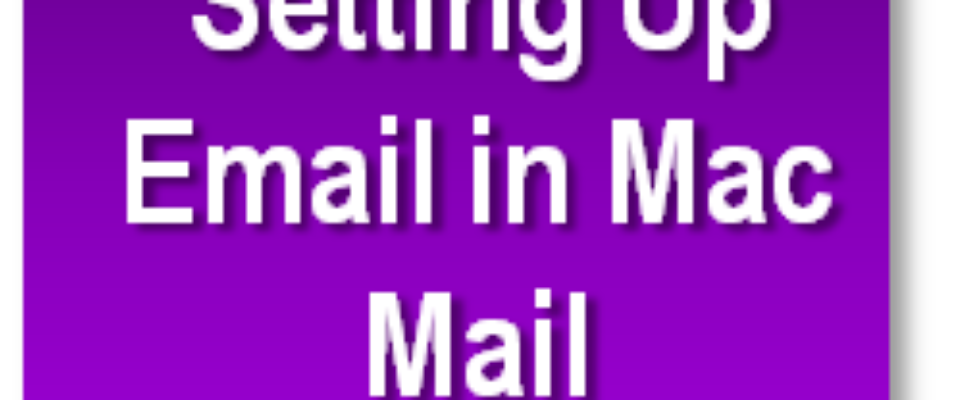
Now that your website is up and running, you need to make sure you can receive email in your email client. You should have received mail client configuration instructions for each email you have on the system. Using that information, you can refer to the video below which show how to set up your email in Mac Mail.
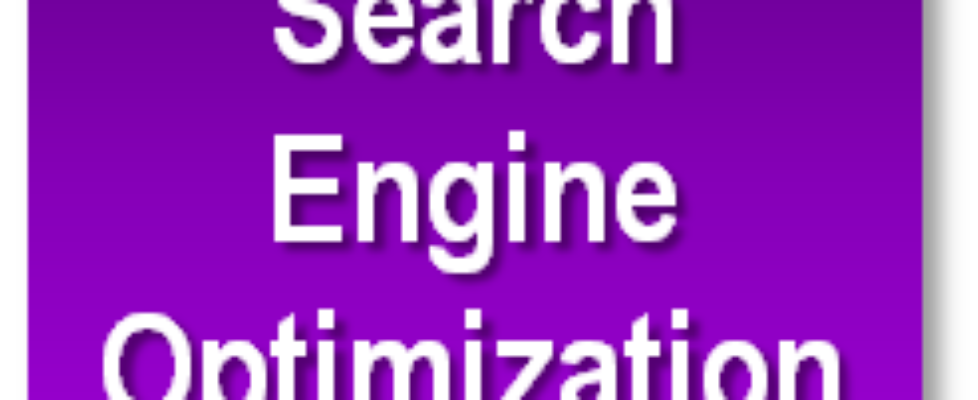
Search Engine Optimization (SEO) is an integral part of any Strategic Online Marketing Plan. As such, it was one part of the 9-part plan we prepared for Bioinvest, one of Hammond Media Group’s premier clients.
Here’s a preview:
[gview file=”http://www.hammondmediagroup.com/wp-content/uploads/2014/09/Website-PDF-of-SEO-Strategy-for-BioInvest-blocked-out.pdf”]

Now that your website is up and running, you need to make sure you can receive email in your email client. You should have received mail client configuration instructions for each email you have on the system. Using that information, you can refer to the screenshots below which show how I set up my email in Outlook.
In Outlook, go to the top toolbar and select Tools » Account Settings » New Email. Then fill in your information per below. Learn how to set up your email ‘signature’ in Outlook here.
Hopes this helps!
Screenshot 1
Click on “More Settings” Button, and then advance to Screenshots below.
Screenshot 2
Screenshot 3
Screenshot 4
Screenshot 5
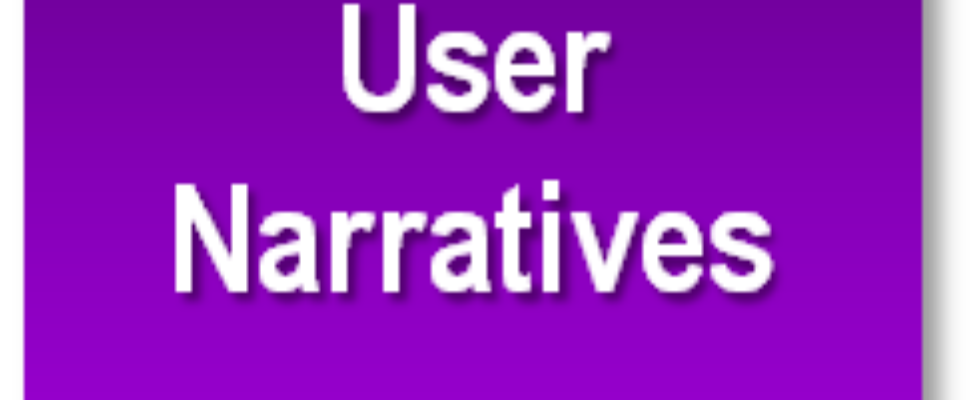
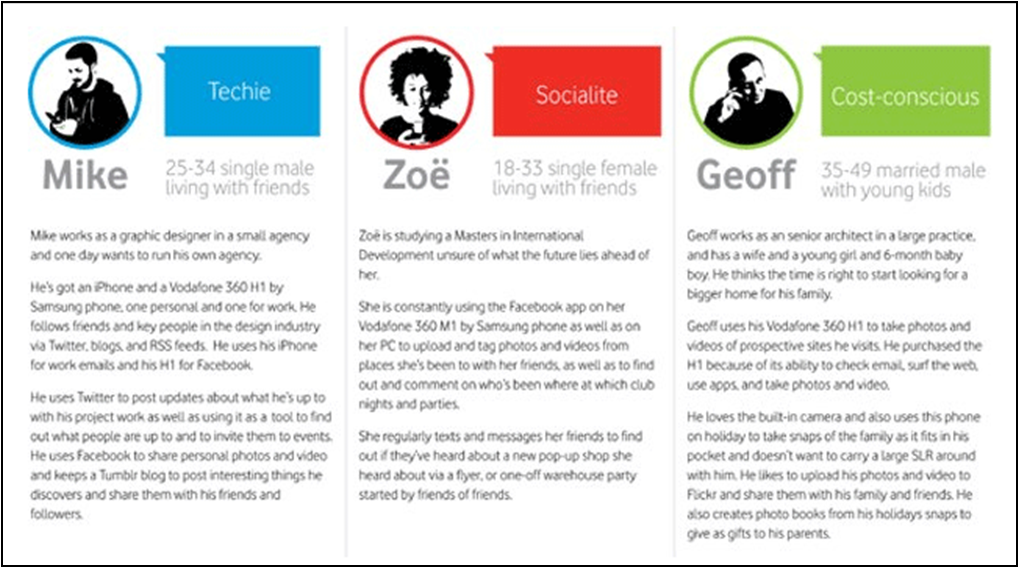
Most entrepreneurs start out extremely optimistic and overly excited about their business idea.
It’s easy to jump right in, believing there will be a hungry audience for your outstanding product or service. You trick yourself into believing: “Hey, I’ve discovered a need that’s not being met. I’ve got what it takes. I’m going for it.”
And with those misguided thoughts, you’re off and running without due diligence.
Whoa. First things first.
Before embarking on any website development project, online marketing effort or advertising campaign, it’s vital to understand the needs and goals of your audiences as well as their behavioral patterns.
So, what exactly is a Persona? The following description is paraphrased from wikipedia.
In marketing and user-centered design, personas are fictional characters created to represent the different user types within a targeted demographic, attitude and/or behavior set that might use your website, brand or product in a similar way.
Personas are useful in considering the goals, desires, and limitations of your users and help guide decisions about your products and services.
A user persona is a representation of the goals and behavior of a real group of customers. In most cases, personas are synthesized from data collected from interviews with users. They are captured in 1–2 page descriptions that include behavior patterns, goals, skills, attitudes, and environment, with a few fictional personal details to make the persona a realistic character.
For each product, more than one persona is usually created, but one persona should always be the primary focus for marketing and design.
Check out this article which also includes an example of a persona: How to Use the Power of Personas to Connect with Your Target Audiences.
Personas help you have a clear and succinct understanding of who your target market is. Personas help you decide which products, services and promotional materials you should be producing. Personas help you develop meaningful and relevant content that drives sales. Personas help you determine what content your audience would likely search for, subscribe to and share (in social media).
It’s also a good idea to market to someone’s potential (or who they want to be) vs. who they are right now. When Marlboro launched their Marlboro Man marketing campaign, they were targeting cowboy wannabes. The average Marlboro customer looked nothing like the man in the ads.
Having a deeper understanding of who that person is can be extremely helpful when formulating your business strategy.
Are you a good storyteller? If not, please learn or hire someone who can. Being able to articulate a user narrative is an important part of the business planning process.
I love listening to Stanford e-Corner podcasts whenever I can because I always learn something new about running my businesses. Just the other day, I listened to Jack Dorsey, co-founder of Twitter and Square Up, share his thoughts on the power of user narratives in one of those podcasts.
“Your user narrative should read like a play,” says Jack.
You have to get into the mind of your customer to write your narrative. They don’t have to be written in stone. They just have to be written. Consider them a work in progress which will continue to evolve and change over time as your company evolves and changes over time.
Here is another example of a narrative which demonstrates the detail and structure needed for it to be a thorough exercise. It’s important to note what a narrative is not:
“I went to the store. I got some milk. I checked out and went home.”
In this brief example, there is a character and setting, but there is no conflict. The story seems to not go anywhere.
In other words, when composing your user narratives for your business, be sure to ask yourself about the challenges your customers face and how your products and services solve those challenges.
Taking the time to write out (vs. think out) your user narratives and personas is critical for reaching a truly targeted audience. Otherwise, you’ll just be throwing darts with a blindfold on where your marketing efforts are concerned.
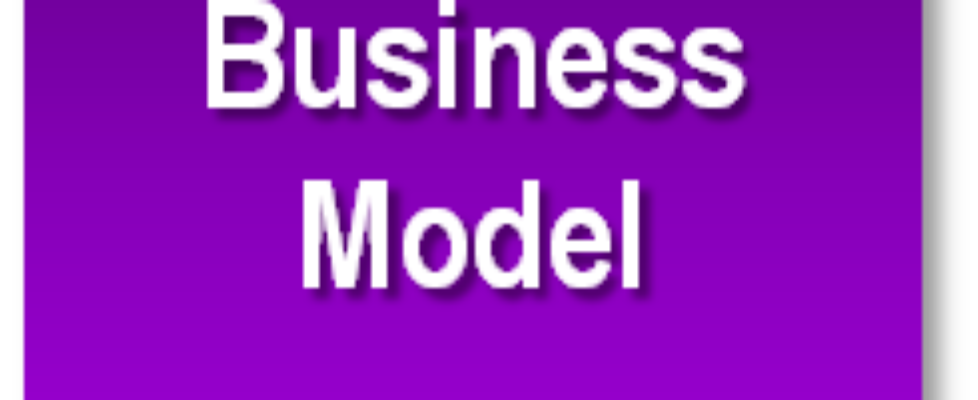
A business model describes the rationale of how an organization creates, delivers, and captures value (economic, social, cultural, or other forms of value). The process of business model construction should be part of a company’s overall business strategy.
Hammond Media Group works with entrepreneurs during the early planning phase to help them create, verify and visualize their business model — a process, which is taught in Stanford’s Technology Entrepreneurship Course. The end goal of this business modeling process is to help business owners:
After completing this process, you’ll be better able to visualize your business model from the completed canvas diagram (see example below).
Using a business modeling software solution, we act as a ‘silent partner,’ working with business owners to fine-tune their value proposition(s), define customer relationships, determine customer segments and explore sales channels. We also investigate various revenue streams, determine the cost structure, brainstorm partnership options, establish key activities and explore key resources.
Once this foundation has been laid, we track the established hypotheses and experiments, validate or invalidate them, complete customer and/or target market interviews and further refine the strategy based on valuable feedback.
The end goal of this crucial exercise is to ensure that your company achieves product/market fit.
What can you expect when you engage Hammond Media Group to help you develop a business model canvas/strategy?
Not only will you have access to the final online Business Model Canvas (see example below) as well as any corresponding research or interviews, you will receive a detailed strategic report and gameplan based on our fundamental research.